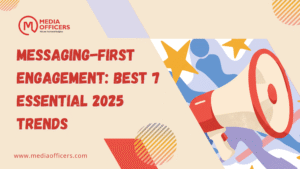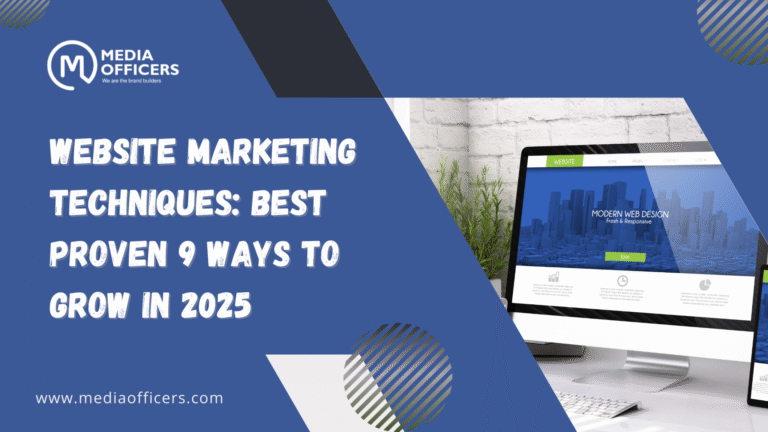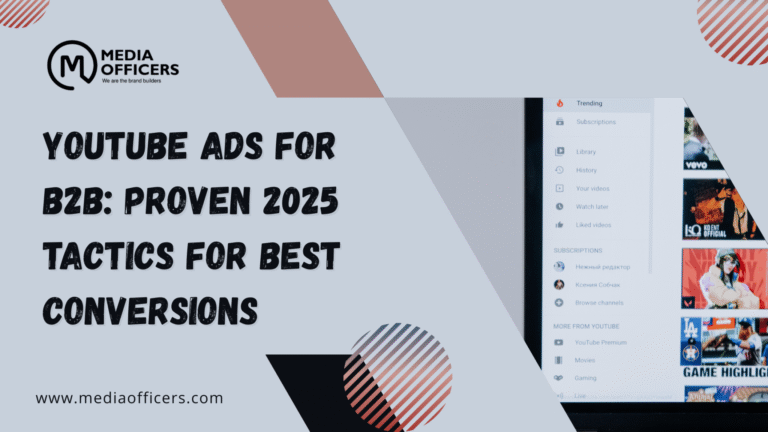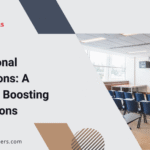Messaging-first engagement is redefining how brands connect with people across every moment. In today’s world, customers don’t segment their lives by channel, and neither should brands. They expect experiences that feel timely, relevant, and personal whether it’s a delivery confirmation, a service reminder, or a tailored offer. The shift is not about sending more messages; it is about making sure the moments that matter land with speed, visibility, and trust.
The job of marketers today isn’t to decide which channel to use in isolation. It’s to orchestrate connected journeys that reflect customer preferences across every touchpoint. When journeys connect and messaging becomes a core component, customers respond in meaningful ways and the impact can be measured across engagement, retention, and lifetime value.
Why messaging-first engagement matters in 2025
At the heart of modern customer experience is the realization that messaging-first engagement drives trust and immediacy. Consumers already blend personal and digital spaces; they expect brands to do the same. In practice, messaging-first engagement means placing the right message at the right moment in a channel that the customer frequently uses. It is not about replacing email, SMS, or push notifications, but about weaving them together so the experience feels cohesive rather than fragmented.
Research makes the case compelling. McKinsey reports that omnichannel customers shop 1.7 times more than those who stay in a single channel. The implication is simple: the value of the journey comes from how the channels work together, not from any single channel on its own. A well-orchestrated sequence that includes timely messaging can tip the balance from interest to action, from a passively viewed offer to a delivered outcome.
Orchestrating journeys with messaging at the center
For marketers, the opportunity lies in weaving messaging into a broader orchestration strategy. Adobe Journey Optimizer enables this shift by turning messaging into a native, unified element of customer journeys. Messages can be triggered by real-time actions, tailored using rich customer profiles, and kept consistent across touchpoints without adding operational complexity. This is where WhatsApp becomes more than a one-off touchpoint; it becomes an integral thread in the customer narrative.
With messaging integrated, brands can craft welcome flows for new customers, re-engagement sequences for lapsed users, and post-purchase follow-ups that feel natural rather than intrusive. The goal is a seamless conversation that mirrors how people communicate in their personal lives instantly, transparently, and with a sense of relevance that grows over time.
Choosing the moments that matter
Adding messaging to a journey isn’t about blasting more messages. It’s about surfacing the moments where speed, visibility, and trust are decisive. Consider a loyal shopper who is one purchase away from unlocking a new rewards tier. If the reminder lands in a crowded inbox days later, the opportunity to accelerate the relationship is lost. But if that same nudge arrives in a messaging app they check daily, the moment feels immediate and personal. The result is a customer who feels seen and a brand that earns attention.
Regional realities shape when and how messaging lands. In Brazil, India, and Indonesia, WhatsApp frequently serves as the primary channel for both customers and brands. In the United States and Canada, it tends to be best for high-trust transactional updates rather than broad marketing outreach. Using journey data and regional insight helps marketers decide where messaging adds value while preserving authenticity and avoiding channel fatigue.
Adding channels should not add complexity
As messaging becomes a larger part of the mix, the risk is fragmentation. The opportunity is to manage orchestration from a single place so that every message feels coordinated and every touchpoint reflects a unified view of the customer. With a centralized approach, Adobe Journey Optimizer can incorporate WhatsApp into existing journeys, enabling a welcome flow for new users, a re-engagement path for sleepers, and a post-purchase follow-up that feels like a natural continuation rather than an interruption.
The practical benefit is operational: teams avoid juggling multiple tools and complex handoffs. The customer experience stays coherent, and data remains in one place to inform future interactions. Messaging becomes a touchpoint that reinforces trust rather than a tactic that creates inbox clutter.
A practical path to put messaging at work in your strategy
Organizations ready to adopt messaging-first engagement should follow a pragmatic, three-phase approach. Each phase keeps the customer at the center while leveraging the power of orchestrated journeys.
- Map the journeys and identify moments that demand speed and visibility. Start with existing journeys and highlight moments where a response is time-sensitive or highly relevant. Build a map that shows which channels best fit each moment, and where messaging adds the most value.
- Integrate messaging into a unified orchestration layer. Use a single platform to trigger messages across channels, including WhatsApp, email, and push. Ensure data from customer profiles, event signals, and real-time actions flows through to every interaction in a cohesive way.
- Test, measure, and iterate. Define clear success metrics such as response speed, completed actions, and incremental revenue from enhanced journeys. Iterate based on region, channel performance, and individual segment behavior to refine the moments that matter.
In this approach, messaging-first engagement becomes a strategic asset an essential dimension of the customer experience rather than a separate channel. The result is a more predictable, more trusted, and more valuable relationship with customers over time.
A new eBook connected to the opportunity
A new eBook explores this opportunity in greater detail, showing how the WhatsApp channel can be used inside Adobe Journey Optimizer to strengthen omnichannel strategies without adding complexity. It highlights practical examples of where messaging makes the most impact and offers guidance for identifying the moments that matter, building on existing journeys, and moving step by step toward more connected engagement. Download the eBook today to see how these ideas translate into real-world results and to start designing journeys that connect with customers in the moments that matter most.
Frequently Asked Questions
What is messaging-first engagement?
Messaging-first engagement is the practice of placing messaging at the core of the customer journey to deliver timely, relevant interactions across channels. It treats messaging as a central thread that weaves together email, SMS, push, and in-app experiences, guided by real-time data and customer preferences.
How does Adobe Journey Optimizer support messaging-first engagement?
Adobe Journey Optimizer provides orchestration across channels, real-time triggers, and profile-based personalization. It enables WhatsApp and other messaging channels to be triggered from the same journey framework, ensuring consistency and reducing complexity for marketers.
What outcomes can I expect from a messaging-first approach?
Expect higher engagement, faster response times, and greater conversion and retention. When messaging is timely and relevant within a unified journey, customers are more likely to act, feel understood, and stay loyal to the brand.
How should I handle privacy and consent with messaging-first engagement?
Start with transparent opt-in processes, clear channel preferences, and ongoing respect for user data. Use consent signals to tailor the cadence and type of messages, and ensure regional regulations are followed in every market where you operate.
Conclusion: The future of customer engagement is collaborative, real-time, and ready for messaging-first engagement. By aligning channels, leveraging a centralized orchestration platform, and delivering moments that matter, brands can create experiences that feel personal and trustworthy. The path forward is practical: map your journeys, integrate messaging where it adds value, and measure progress with meaningful metrics. To dive deeper into practical guidance and concrete examples, download the eBook today and begin shaping journeys that connect with customers in the moments that matter most.





